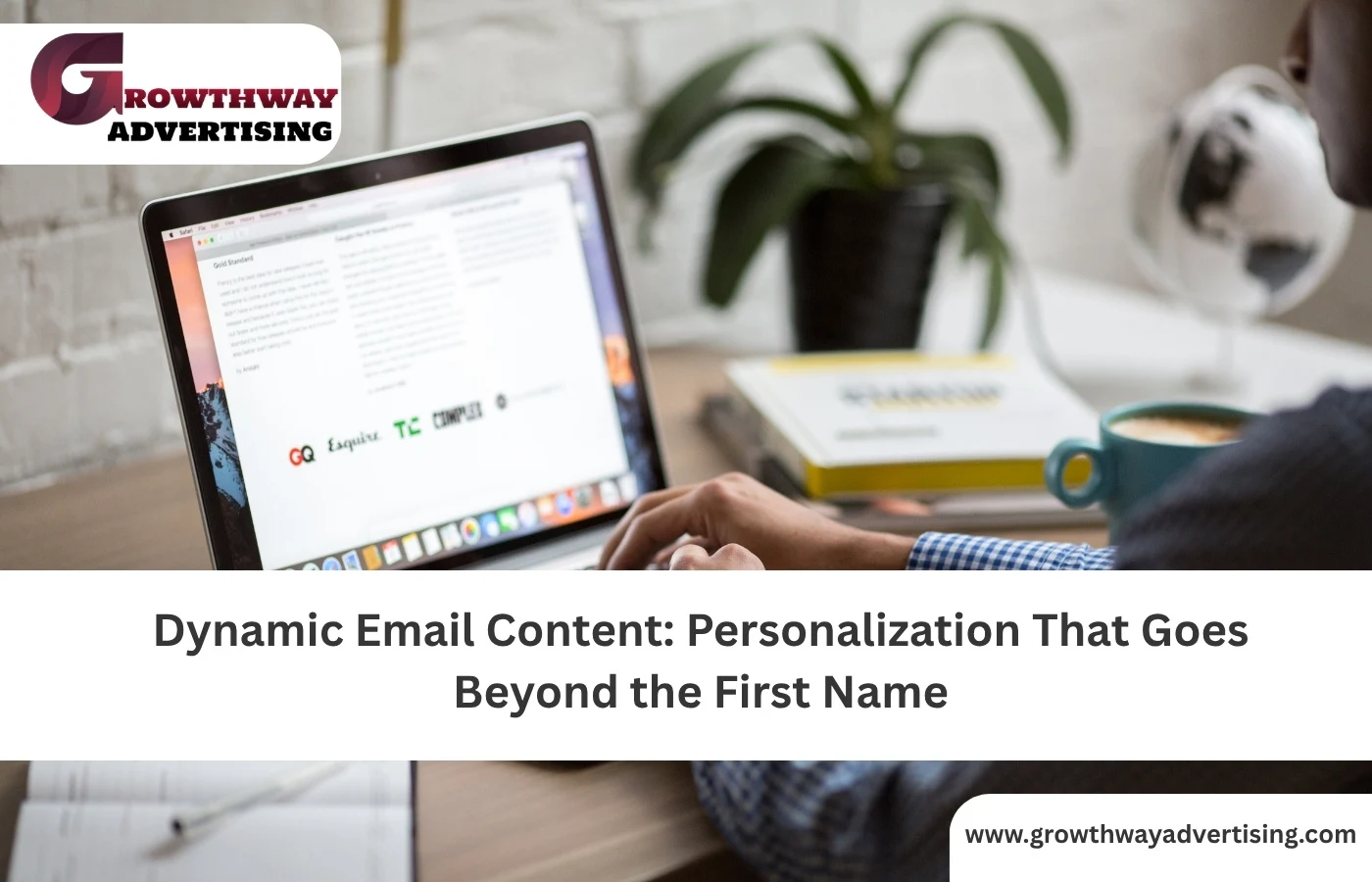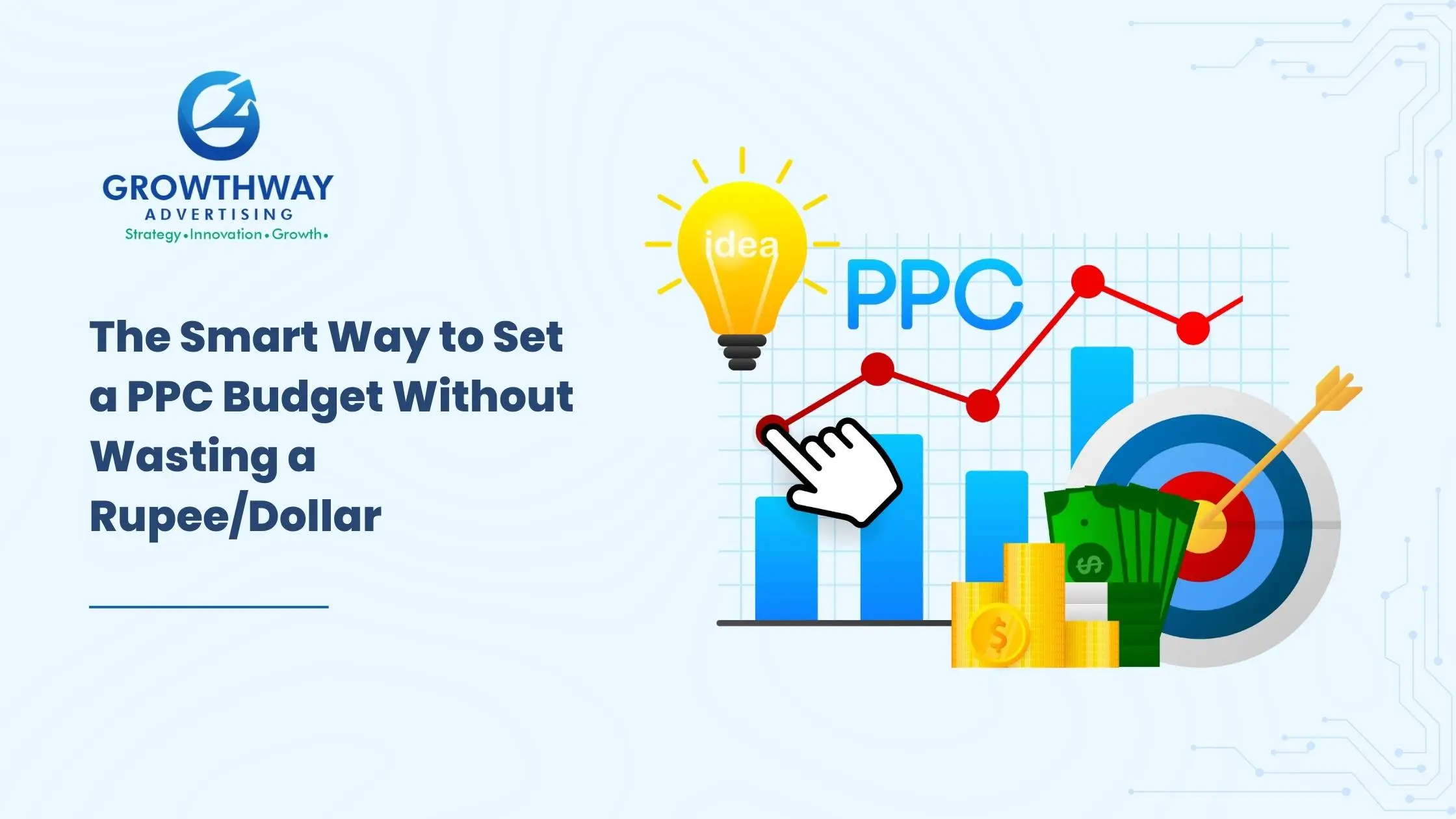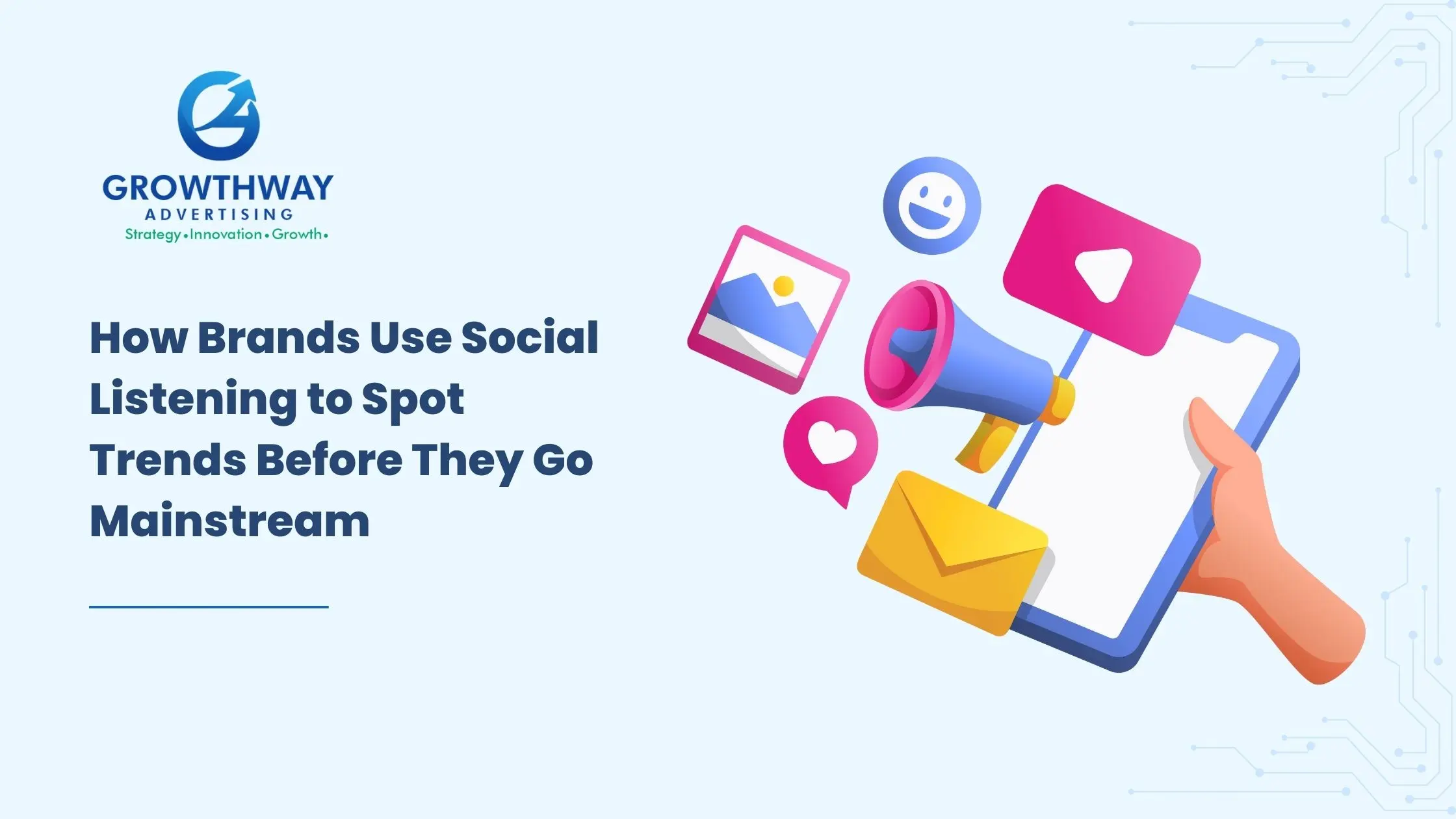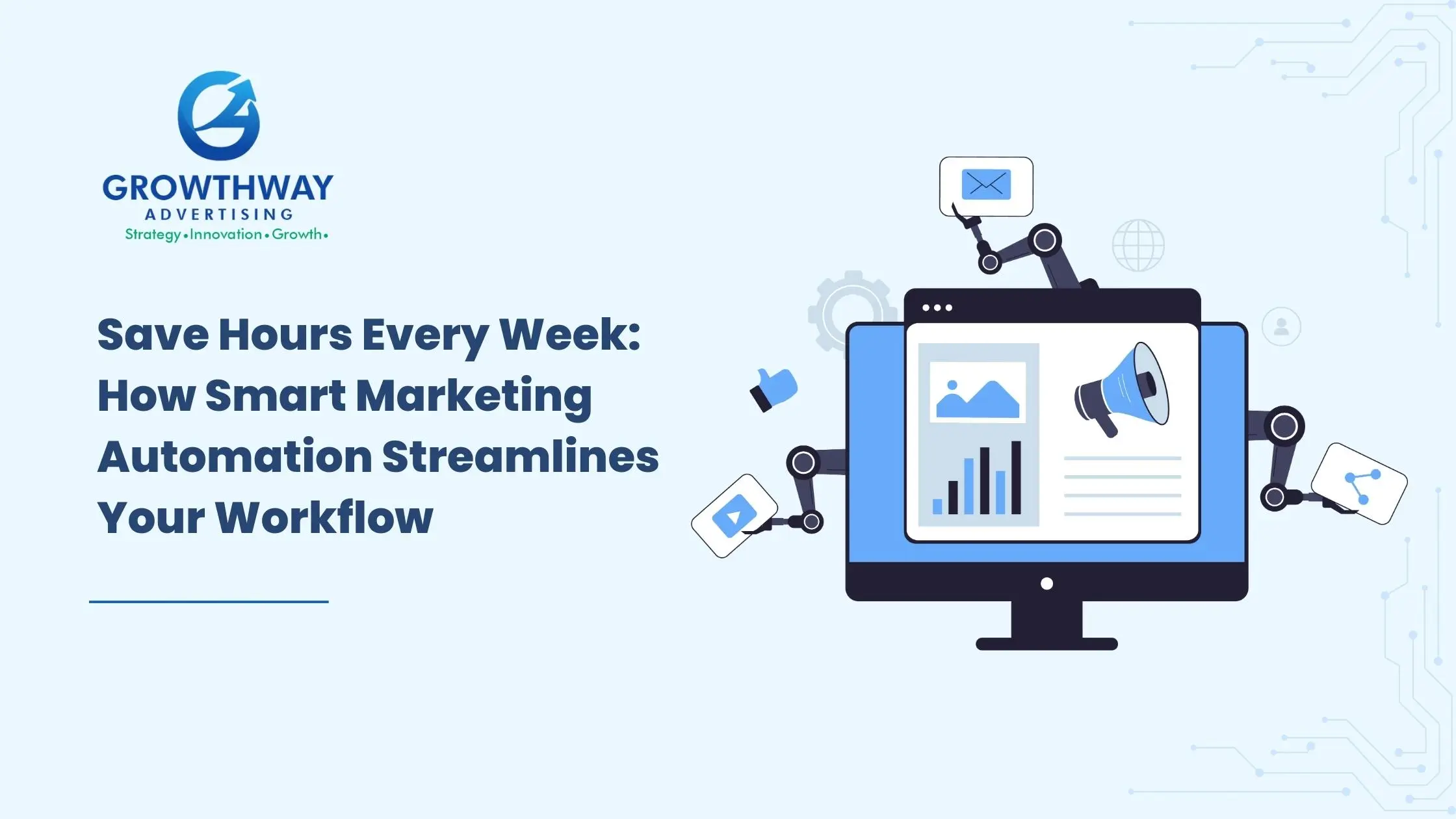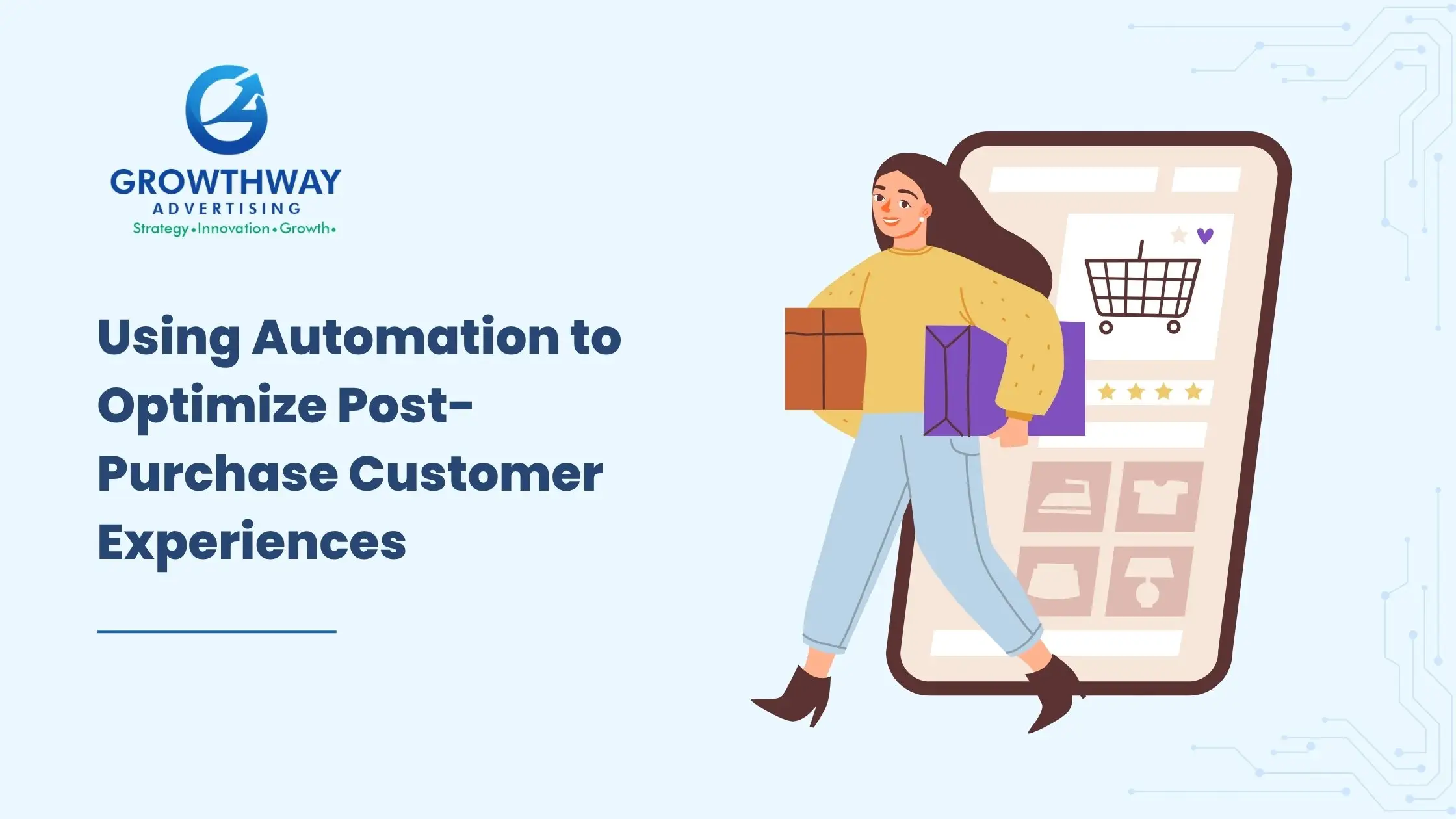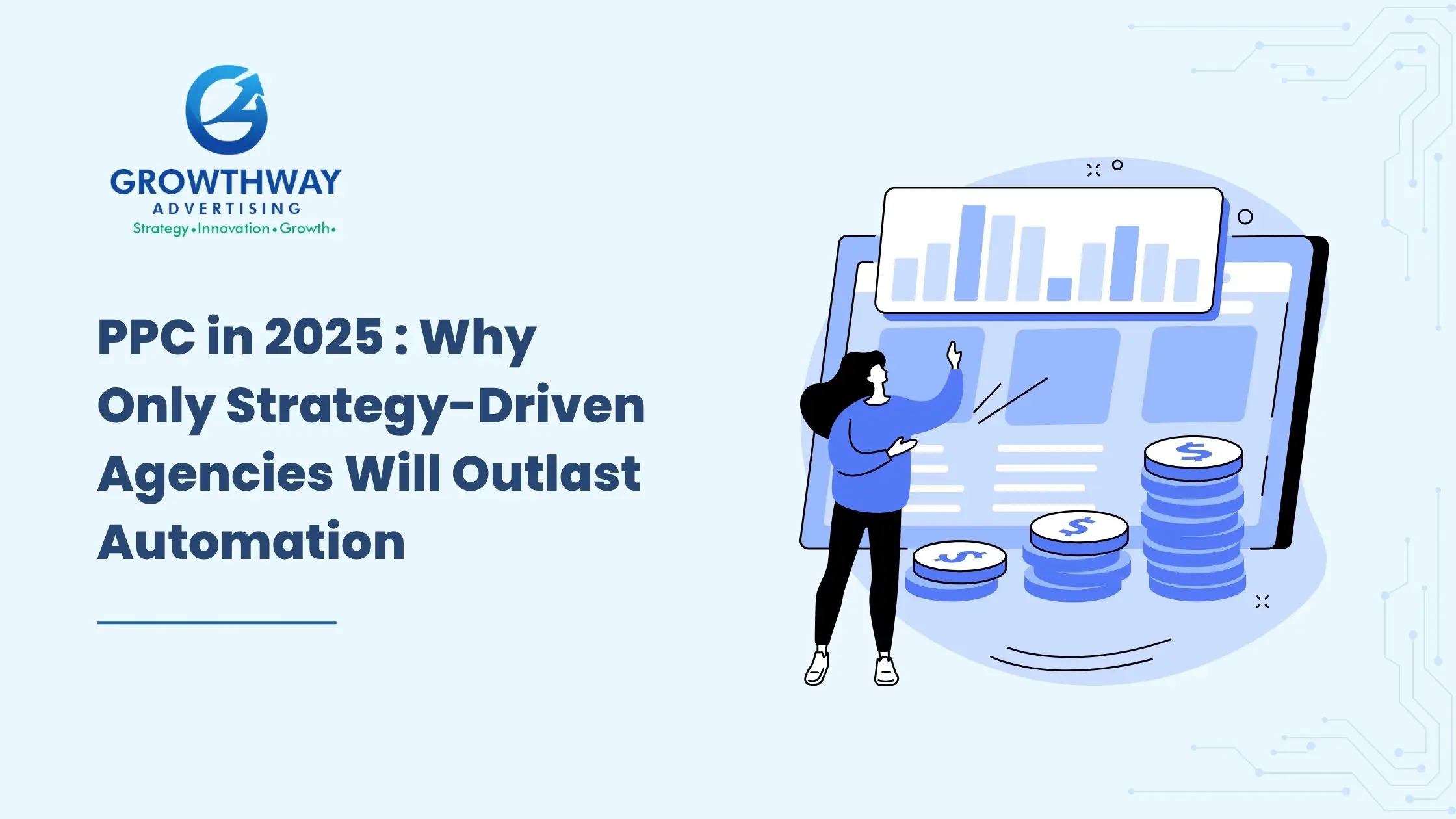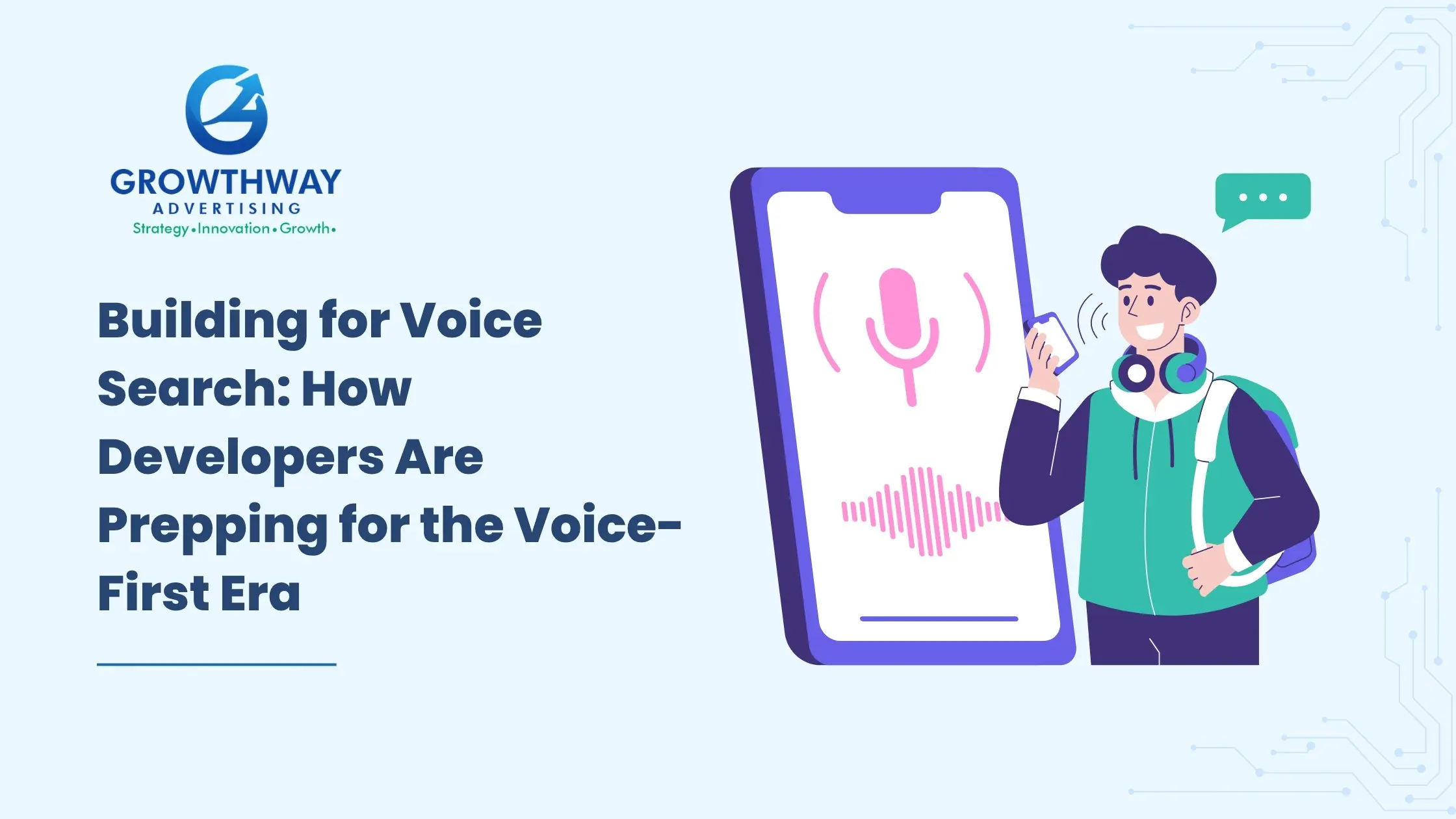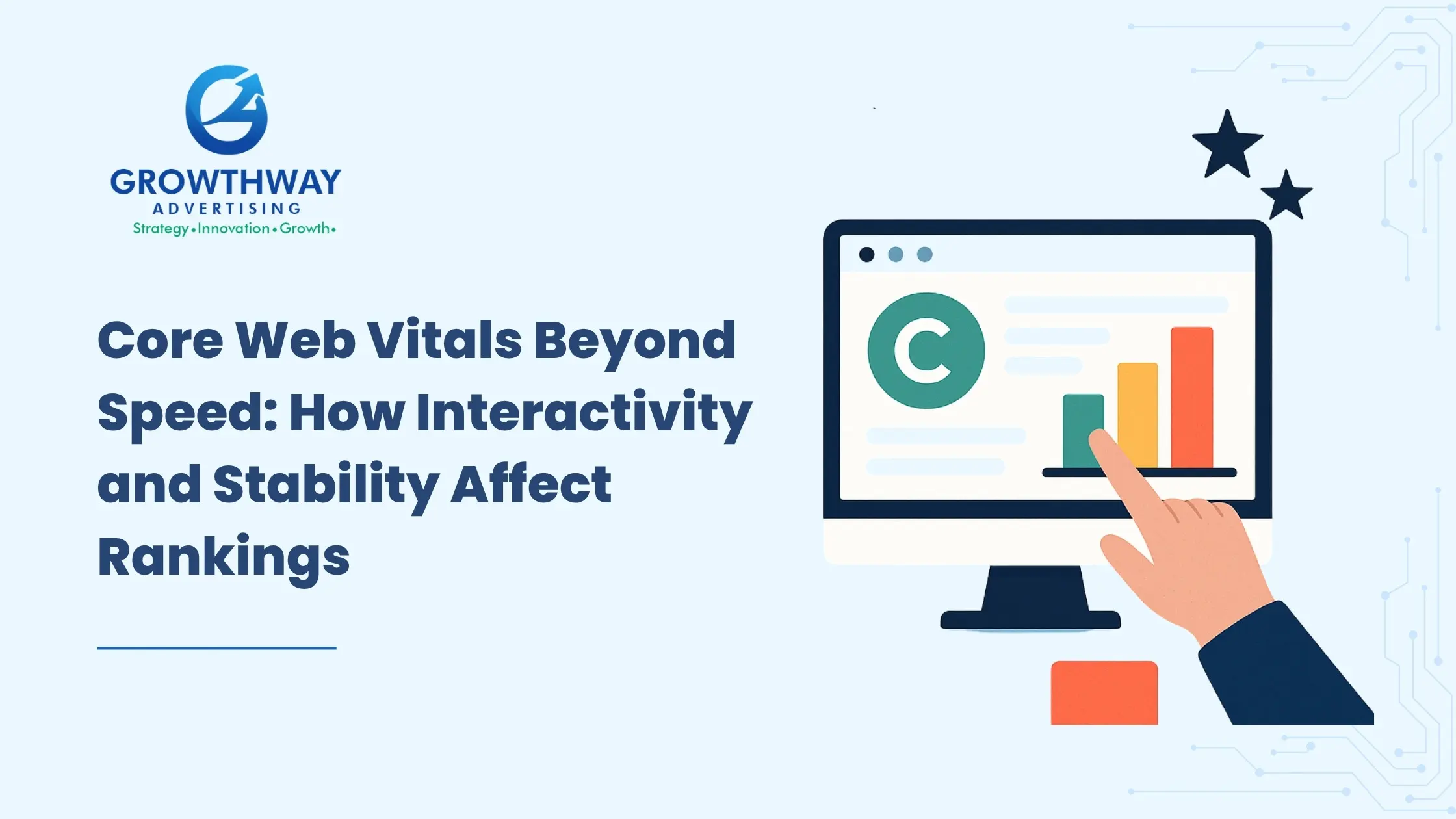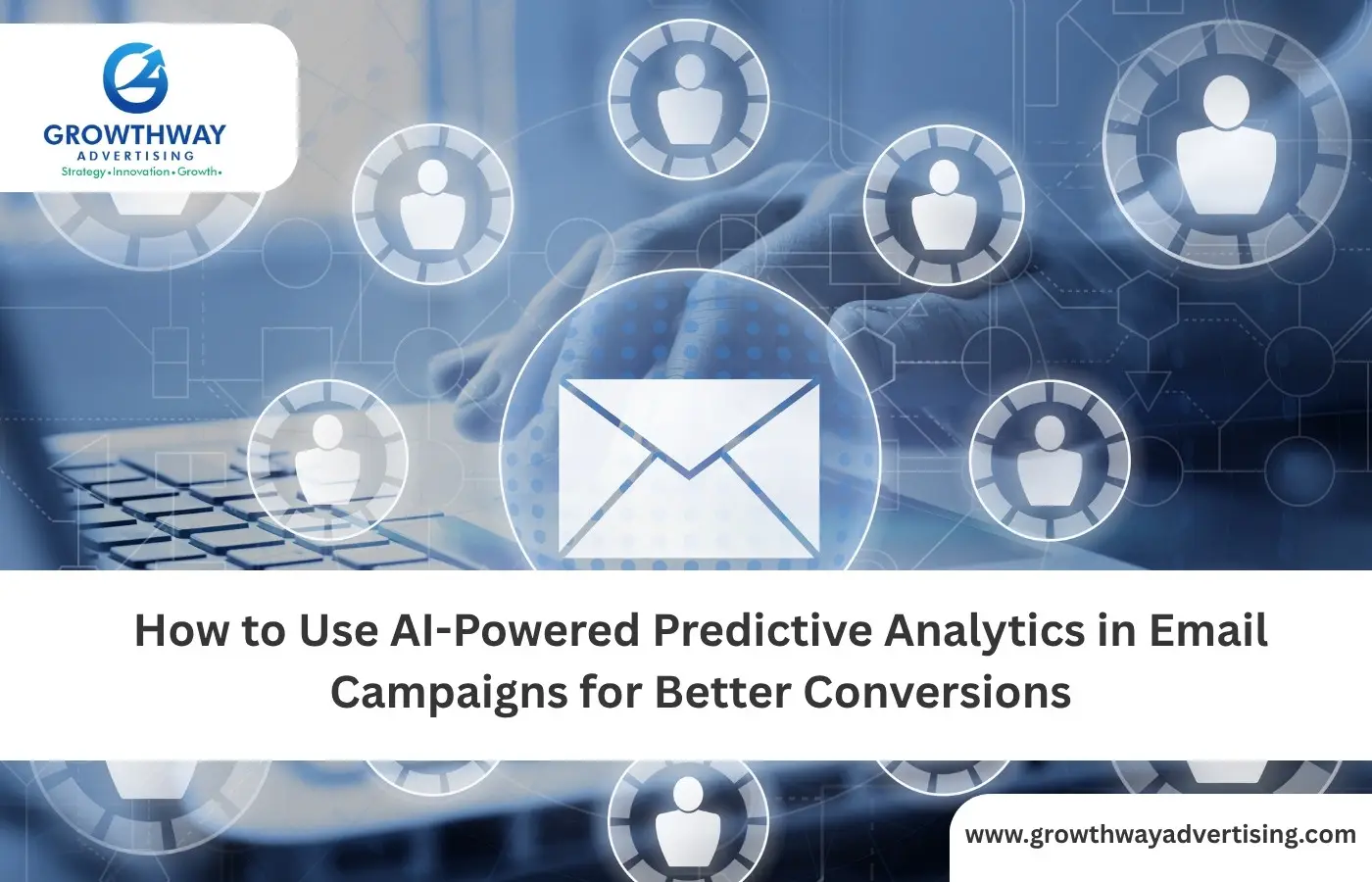In the age of hyper-personalization, simply inserting a subscriber’s first name into an email subject line no longer cuts it. Consumers expect more relevance, more context, and more value. That’s where dynamic email content comes in. It’s not just a buzzword; it’s a strategic shift in how brands communicate through email. Whether you’re a startup exploring email marketing services or an enterprise scaling automation workflows, dynamic personalization is the key to unlocking deeper engagement.
Why Dynamic Email Content Matters Now More Than Ever
The inbox is a competitive battlefield. With hundreds of messages vying for attention, static campaigns fall flat. Email personalization powered by behavioral email content and real-time data ensures your message adapts to the user not the other way around.
Dynamic content allows marketers to tailor email modules based on:
- Browsing behavior
- Purchase history
- Location
- Device type
- Engagement patterns
This isn’t just about swapping names. It’s about delivering location-triggered email offers, dynamic product recommendations, and even personalized visuals based on user preferences.
Going Beyond Basic Personalization
Think of personalization as a spectrum. On one end, you’ve got “Hi John” in the subject line. On the other, you’ve got behavioral email content that changes depending on browsing history, purchase stage, or even real-time events.
Some examples:
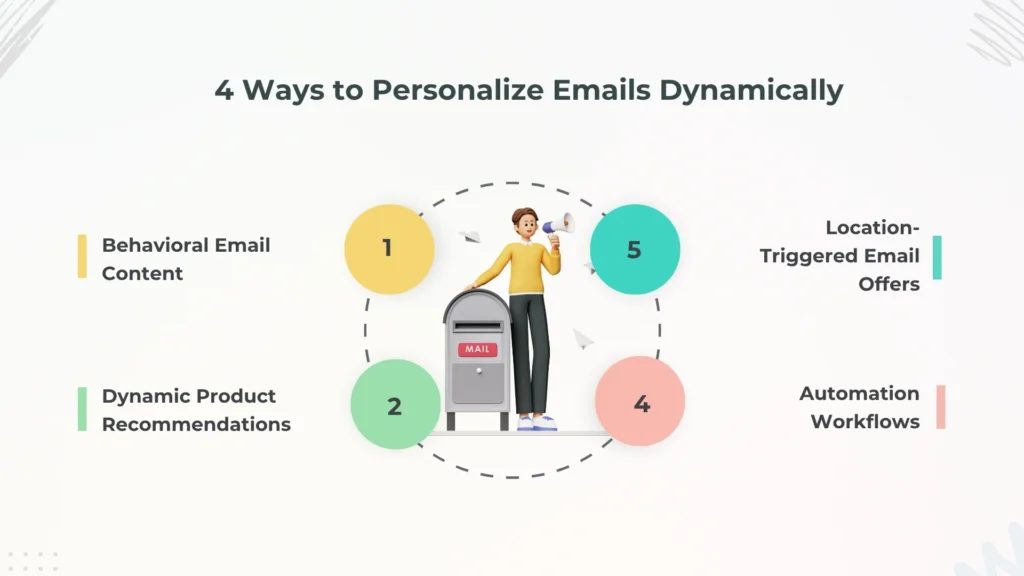
- Dynamic product recommendations that change based on what a shopper abandoned in their cart yesterday.
- Location-triggered email offers that adjust promotions depending on where the recipient is physically located at the time of open.
- Content blocks that surface different CTAs depending on whether someone is a repeat buyer, free user, or churn-risk customer.
These aren’t tricks. They’re intelligent uses of data inside automation workflows that make every email feel tailor-made.
Where Personalization Usually Stops Short
If you search for dynamic email strategies, you’ll see the same themes repeated: personalized subject lines, triggered campaigns, and dynamic visuals. All good starting points, but personalization today requires more depth. Let’s dig into what often gets overlooked
Deliverability and Dynamic Elements
One question customers rarely get an answer to: does using dynamic email content hurt deliverability? The truth is, it can, if not managed correctly.
External image calls, live pricing feeds, or AMP elements sometimes trigger spam filters or slow load times. The fix is thoughtful engineering: fallback versions for non-supporting clients, tested caching strategies, and controlled rollouts. Email marketing service providers that understand these nuances can help you avoid costly mistakes that tank inbox placement.
Accessibility and Inclusive Design
Accessibility is a blind spot in most personalization strategies. Imagine an interactive carousel that looks great on a designer’s Mac but is unreadable to a screen reader. If your email marketing agency doesn’t prioritize ARIA labels, high-contrast dynamic buttons, and keyboard-friendly interaction, you’re leaving part of your audience behind. Accessibility isn’t just compliance, it’s good business.
Testing Frameworks That Actually Work
You wouldn’t launch a website without QA, yet many brands ship dynamic campaigns without real testing. Advanced email marketing companies use client testing grids, device simulators, and A/B frameworks to validate whether dynamic blocks render properly across Outlook, Gmail, Apple Mail, and mobile apps.
A practical workflow:
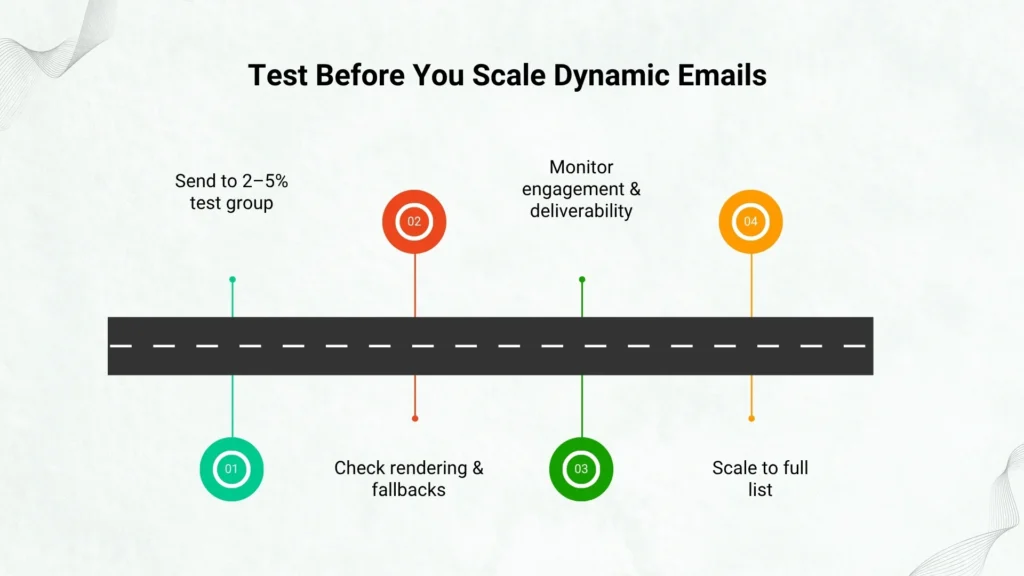
- Start with a “canary” test group (2–5% of your list).
- Track rendering, clicks, and fallbacks.
- Scale gradually, monitoring if dynamic product recommendations or personalized offers break in specific clients.
This type of process is what separates generic email marketing services India from top-tier global agencies.
Attribution and Proving ROI
Another under-discussed area is dynamic email attribution. When every customer gets a slightly different email, how do you prove what’s working? You need more than just click-through rate.
Some ways to measure impact:
- Incrementality testing (holdout groups vs. dynamic treatment groups).
- Multi-touch attribution that maps dynamic blocks to actual conversions.
- Time-to-purchase analysis showing whether behavioral email content accelerates decisions.
This is the data layer where true ROI lives. Without it, personalization feels like “nice design,” not a revenue driver.
Data Architecture and Scaling
Dynamic campaigns sound glamorous until you realize the backend work required. APIs, caching, latency management, and privacy compliance all come into play. If a real-time pricing block calls your server at the moment of opening, you’ve got milliseconds to deliver content. At scale, that means serious infrastructure.
Forward-thinking email marketing agencies in India are investing in scalable frameworks to make real-time dynamic elements possible without sacrificing performance or compliance. That’s how they stay competitive with international email marketing companies.
Examples That Go Beyond the Obvious
Let’s talk about inspiration. Here are some ways brands are pushing personalization further:
- Contextual countdown timers: Instead of a generic “Sale ends tonight,” timers can adjust dynamically based on when a user opens.
- Geo-personalized store updates: For retailers, location-triggered email offers can show the nearest store’s address, hours, or local deals.
- Behavior-based nudges: SaaS brands can embed usage stats directly into an email: “You completed 80% of setup finish today and unlocked X.”
- Cross-device consistency: If someone viewed a product on mobile but didn’t buy, the desktop version of the email can highlight that same item with a tailored discount.
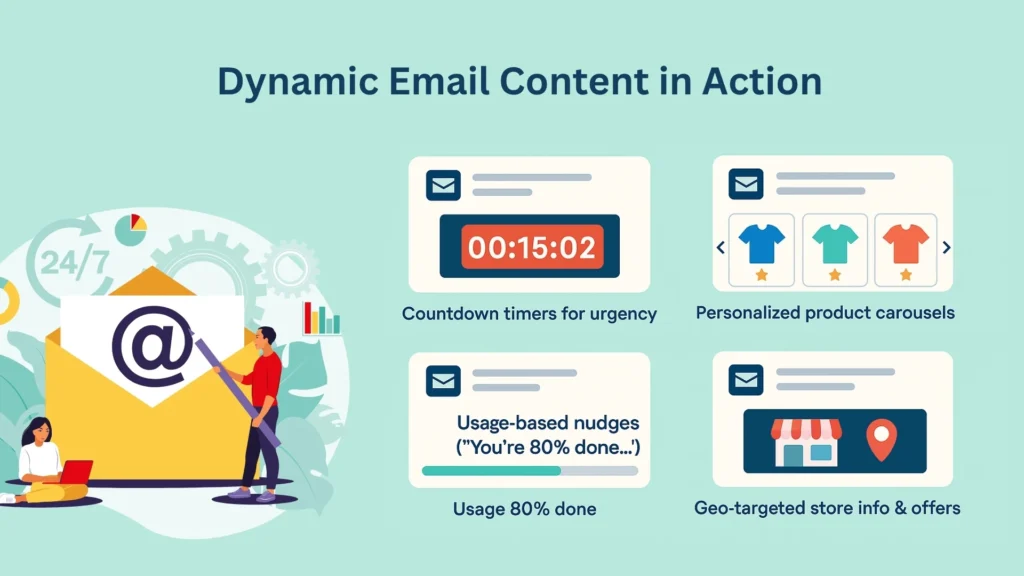
Each of these requires data integration and smart automation workflows, but the payoff is a customer experience that feels frictionless.
Privacy and Compliance in Personalization
With GDPR, CCPA, and India’s own data protection regulations, personalization can’t come at the cost of compliance. Pulling too much personal data into an email risks exposure if it leaks. The smarter move is tokenized identifiers, anonymized behavioral markers, and transparent opt-in mechanisms. This way, email marketing service providers can still deliver behavioral email content without violating trust.
Who’s Leading in Dynamic Personalization
Brands that do this well don’t treat dynamic content as an add-on. They bake it into every stage of their lifecycle marketing strategy. Whether it’s e-commerce players using dynamic product recommendations, SaaS companies running onboarding campaigns, or retailers deploying location-triggered email offers, the common thread is consistent investment in infrastructure, creative, and testing.
That’s why many businesses partner with a specialist email marketing agency rather than trying to hack it alone. Agencies already have the tools, the client testing libraries, and the creative frameworks to launch campaigns at scale. For companies in Asia, there’s rapid growth in email marketing services India, where both cost-efficiency and innovation meet.
Future Trends to Watch
Dynamic personalization is evolving fast. A few trends to keep on the radar:
- AI-driven recommendations: Moving beyond rules-based logic into predictive models that guess what you’ll want before you know it.
- Dynamic subject lines: Not just first names, but real-time inserts like “Back in stock near you” or “Rainy day deal for [City].”
- AMP for email: Allowing interactive elements like add-to-cart inside the inbox, though still limited in client support.
- Cross-channel sync: Linking automation workflows so dynamic email personalization aligns with push notifications, SMS, and on-site banners.
The big picture? Personalization is moving from “nice extra” to “expected baseline.”
FAQ’s
Basic personalization might include using someone’s name in the subject line. Dynamic email content, on the other hand, can feature behavioral email content, dynamic product recommendations, or location-triggered email offers.
If done correctly, no. Poorly coded dynamic elements or over-reliance on external scripts can hurt inbox placement. That’s why working with a skilled email marketing agency is important they know how to implement personalization without harming deliverability.
Yes. Many modern email marketing services and tools make dynamic personalization accessible. Even smaller brands can set up automation workflows to send product recommendations, birthday offers, or cart recovery messages that feel personalized.
This is where dynamic email attribution comes in. Instead of looking only at open rates, brands measure lift in conversions, incremental revenue compared to static campaigns, and the time it takes a customer to purchase after seeing a dynamic block.
Absolutely. While retail brands often showcase dynamic product recommendations, B2B companies can use behavioral email content like account-specific updates, usage statistics, or event reminders. It’s about tailoring the message to what matters for each recipient.

